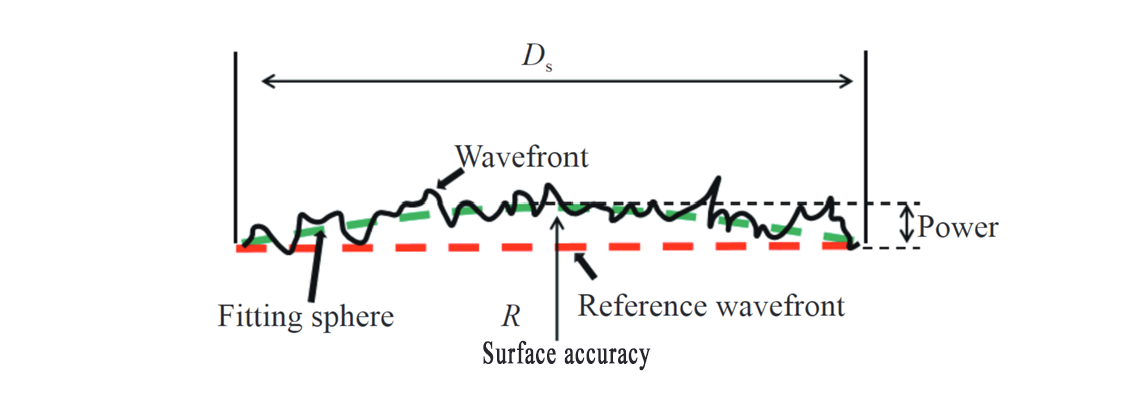In high-precision optical systems, the effect of coating stress on optical component surface quality is a critical issue that cannot be overlooked. For instance, an optical component with a surface precision of 1/100λ (wavefront error) can degrade to less than 1/10λ after coating, severely compromising imaging quality and rendering the system practically unusable.

In the field of satellite laser communication, the problem of coating stress was once considered an “insurmountable technical barrier” by leading Western nations. Below is a simplified illustration of how different stress forces act on the substrate of an optical component, leading to surface deformation.

Three Major Sources of Coating Stress
1. Material Expansion Coefficient Differences:
· The substantial difference in thermal expansion coefficients between materials like Ta₂O₅ (tantalum pentoxide) and SiO₂ (silica)—3.2×10⁻⁶/℃—results in uneven contraction during the cooling phase after coating. This mismatch in contraction rates generates internal stress within the coating layer.
2. Residual Stress from Ion Bombardment:
· The use of RF ion sources during the coating process can cause density fluctuations in the film, e.g., from 99.3% to 99.9%. These fluctuations lead to residual stress in the coating layer.
3. Cumulative Effect of Multi-Layer Coatings:
· The cumulative stress from hundreds of thin film layers is equivalent to applying pressure as high as several tons per square meter on the surface, significantly deforming the substrate.
Traditional Solutions to Coating Stress and Their Limitations
Traditional methods to address coating stress in high-precision optical systems have their limitations:
4. Pre-Deformation Polishing:
· Involves calculating the expected deformation and polishing the substrate in the opposite direction to compensate. However, the nonlinear superposition of stress in multi-layer coatings makes this approach unreliable, with a success rate of less than 30%.
5. Optimizing Coating Structure:
· Reducing the number of high-stress layers can mitigate deformation but at the cost of degraded spectral performance, such as a 5% drop in reflectivity.
6. Passive Annealing:
· High-temperature annealing releases stress but causes the film to crystallize, reducing transmittance by up to 2%.
These traditional methods are time-consuming, have poor adaptability to different projects, and fail to address the root cause of the problem.
Innovative Approaches: Stress Compensation Models
In recent years, stress compensation models have gained popularity as a more effective solution to the coating stress problem. These models aim to counteract the stress effects by precise control and modulation during the coating process.